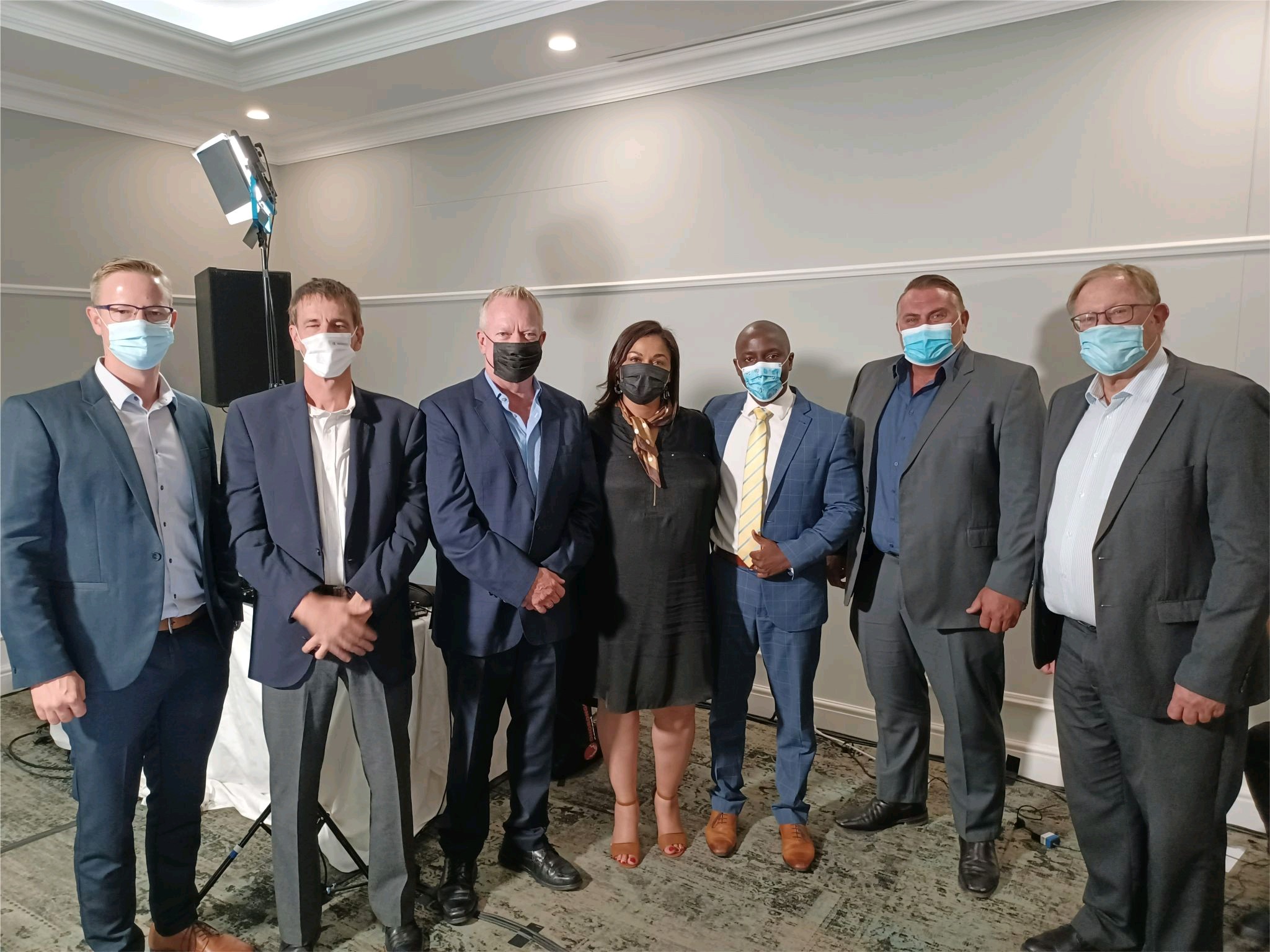Read more
The Government of Gabon has signed convention agreements this week with Alpha Centauri Mining (ACM) to boost gold exploration, exploitation and refining in the country. The company is held by British and Emirati investors and entered Gabon in 2016. In September last year it produced about 100 kg of gold per month, according to its website. The agreements signed with the Government of Gabon this week covers the exploitation of gold mines in the Ndjole region, along with gold exploration in the Middle-Ogooue and Ogooue Ivindo provinces. More importantly, they also set the framework for the commissioning and operation of the country’s first gold refinery. “Alpha Cenauri Mining is building the country’s first refinery in the Gabon Special Economic Zone and we expect to start operations by mid-2022,” CEO Anand Bajla said after the signing ceremony. “We will start with a capacity of 4 tonnes per annum to enable Gabon to export refined gold,” he added. The mini modular refinery is a good first step for Gabon, who has so far struggled to fully develop its gold potential. Latest government data available shows gold output at 0.1 tonne in 2020. However, exports earnings have been on the rise and stood at FCFA 8.3bn between January and September 2021, compared with FCFA 2.7bn in 2019. To boost investments in the sector and support local content development, Gabon adopted a new Mining Code in 2019.
On Sunday, Ethiopian Prime Minister Abiy Ahmed presided over a ceremony that marked the start of power generation at the Grand Ethiopian Renaissance Dam’s first turbine (375 MW). The 6,000 MW hydroelectric station is Africa’s biggest and most controversial and has been in construction for about a decade. The multi-billion dollar mega-dam was built on the Blue Nile, where most of the waters that flow into the Nile River in Sudan and Egypt originates. While two key treaties were signed in 1929 and 1959 on the use of the Nile waters, Ethiopia was not part of it and went ahead with the development of the project in 2011. The dam is 1.8km-long and 155m-high with total volume of 10.4 million m3, making it the biggest dam in Africa and one of the largest in the world. Initially scheduled for completion in 2018, the dam’s construction was delayed due to poor execution of works by METEC, which was taken off the project and replaced by new contractors in 2019.

